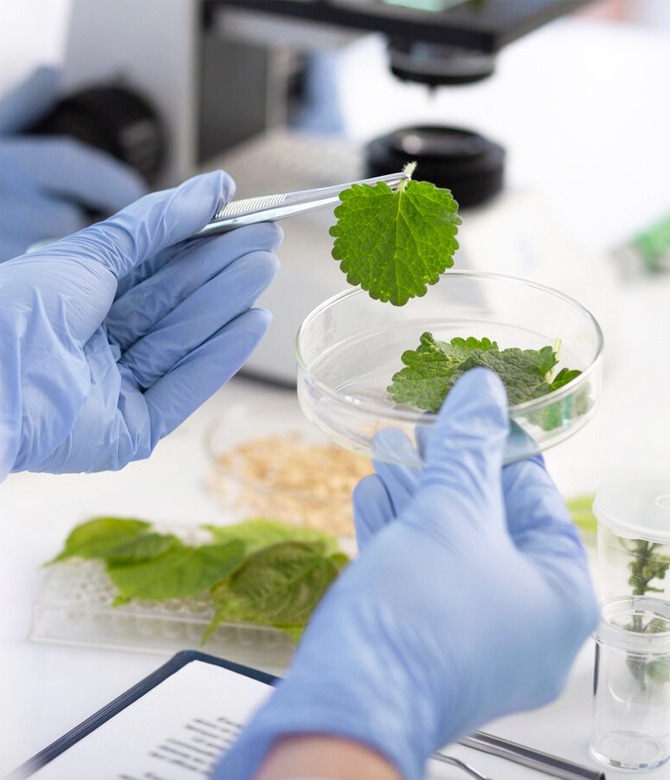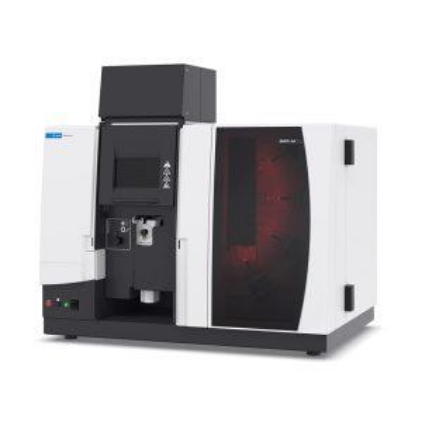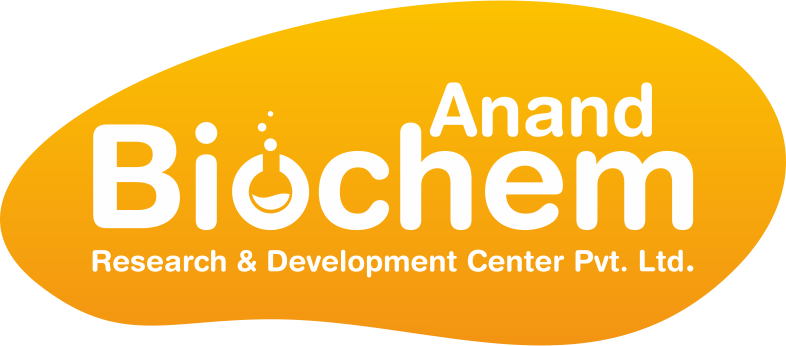
What is Petiole Analysis?
Petiole analysis offers a detailed examination of plant nutrient status by analysing the nutrient content within petiole tissue—the stem that connects leaf blades to plant stems or branches. This method serves as a direct indicator of a plant’s nutritional needs, enabling farmers and agronomists to tailor fertiliser applications and crop management practices precisely. By delving into the nutrient composition of petiole tissue, this analysis provides critical insights into a plant’s overall health and growth potential.
With petiole analysis, agricultural practitioners gain a deeper understanding of the specific nutrient requirements of crops at various growth stages. This knowledge empowers them to implement targeted fertilisation strategies, ensuring that plants receive the necessary nutrients in optimal quantities and ratios. By optimising nutrient uptake, petiole analysis contributes to improved crop yield, quality, and resilience against environmental stressors.
Tools
Conductivity Meter
Flame Photometer
pH Meter
Spectrophotometer
Sample submission form

Advantages of Petiole Analysis
- Allows for precise adjustment of fertiliser applications based on the nutrient needs of plants.
- Enables early detection of nutrient deficiencies, preventing yield losses.
- Helps optimise fertiliser use efficiency, minimising waste and reducing environmental impact.
- Guides tailored crop management strategies by providing real-time information on plant nutrient status.
- Improves crop quality and yield by ensuring plants receive the right balance of nutrients.
Precautions to be Taken
- Proper Sampling Technique: Collect petiole samples at the correct growth stage and from representative plants within the field.
- Use Clean Tools: Ensure tools used for sampling are clean and sterilised to prevent contamination.
- Sample Preservation: Preserve samples properly to maintain nutrient integrity and prevent degradation during storage and transportation.
- Calibrate Equipment: Calibrate analytical instruments regularly to ensure accurate nutrient analysis results.
- Interpretation by Experts: Interpret petiole analysis results with the assistance of qualified agronomists or crop specialists to make informed decisions about fertilisation and crop management practices.
A Visual Guide to Sample Testing
Why is Petiole Analysis Important?

- Precision Nutrition: Petiole analysis enables precise adjustment of fertiliser applications based on the specific nutrient needs of plants.
- Early Detection of Deficiencies: It allows for the early detection of nutrient deficiencies before visible symptoms appear, preventing yield losses.
- Optimised Fertilisation: Petiole analysis helps optimise fertiliser use efficiency, minimising waste and reducing environmental impact.
- Customised Crop Management: It guides tailored crop management strategies by providing real-time information on plant nutrient status.
- Improved Crop Quality: Petiole analysis enhances crop quality and yield by ensuring plants receive the right balance of nutrients for optimal growth and development.
- Enhanced Nutrient Uptake: By identifying nutrient deficiencies or imbalances, petiole analysis promotes efficient nutrient uptake by plants.
- Prevention of Nutrient Toxicity: It helps prevent nutrient toxicity by ensuring that plants receive nutrients in appropriate proportions.
- Increased Resilience: Proper nutrient management based on petiole analysis results enhances plant resilience against environmental stressors and diseases.
- Economic Benefits: Petiole analysis leads to improved crop yields and quality, resulting in economic benefits for farmers.
- Sustainability: By promoting precise nutrient management, petiole analysis supports sustainable agricultural practices, minimising environmental impact while maximising productivity.
Laboratory Equipment

ICP-OES

AAS


